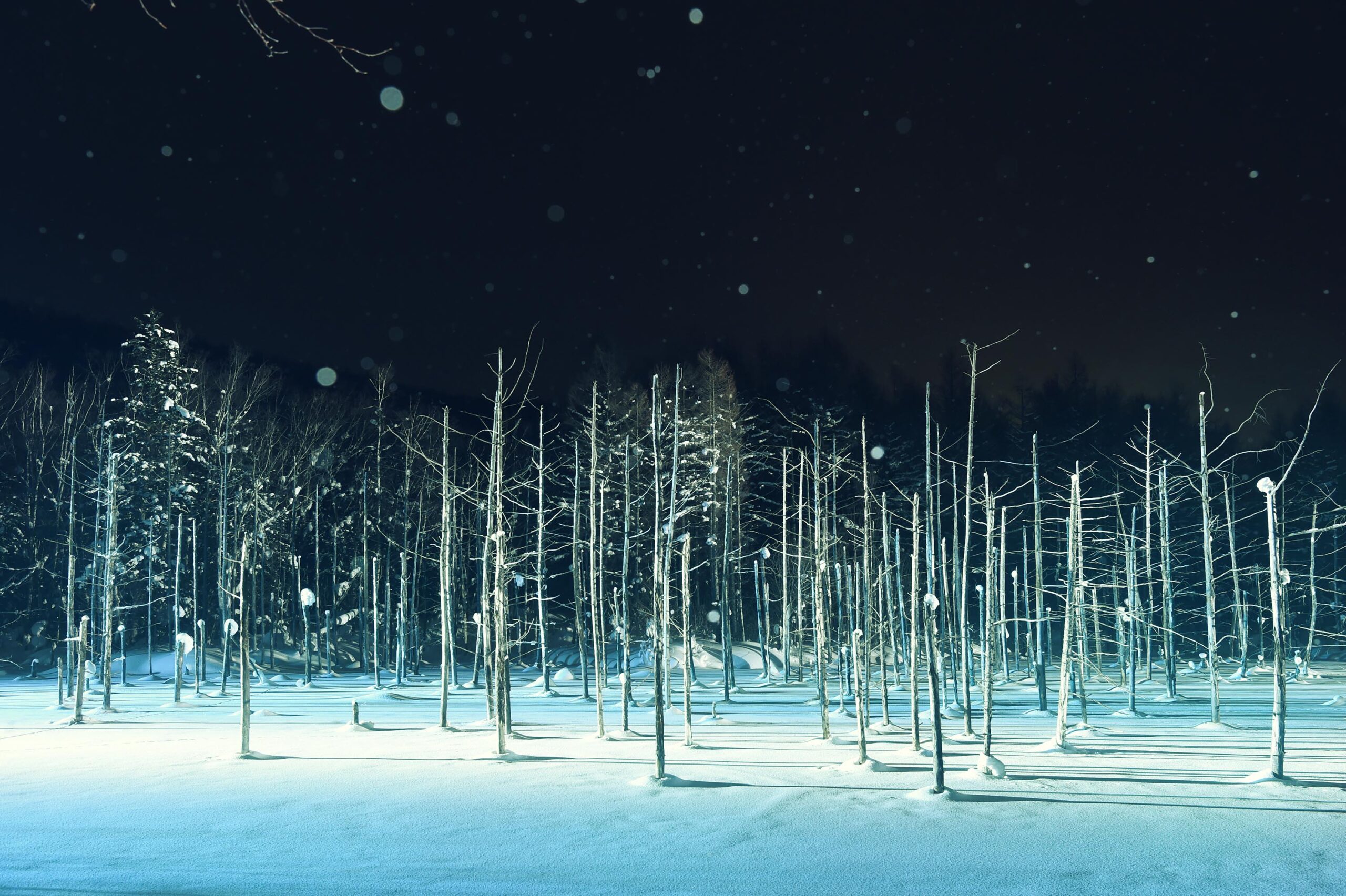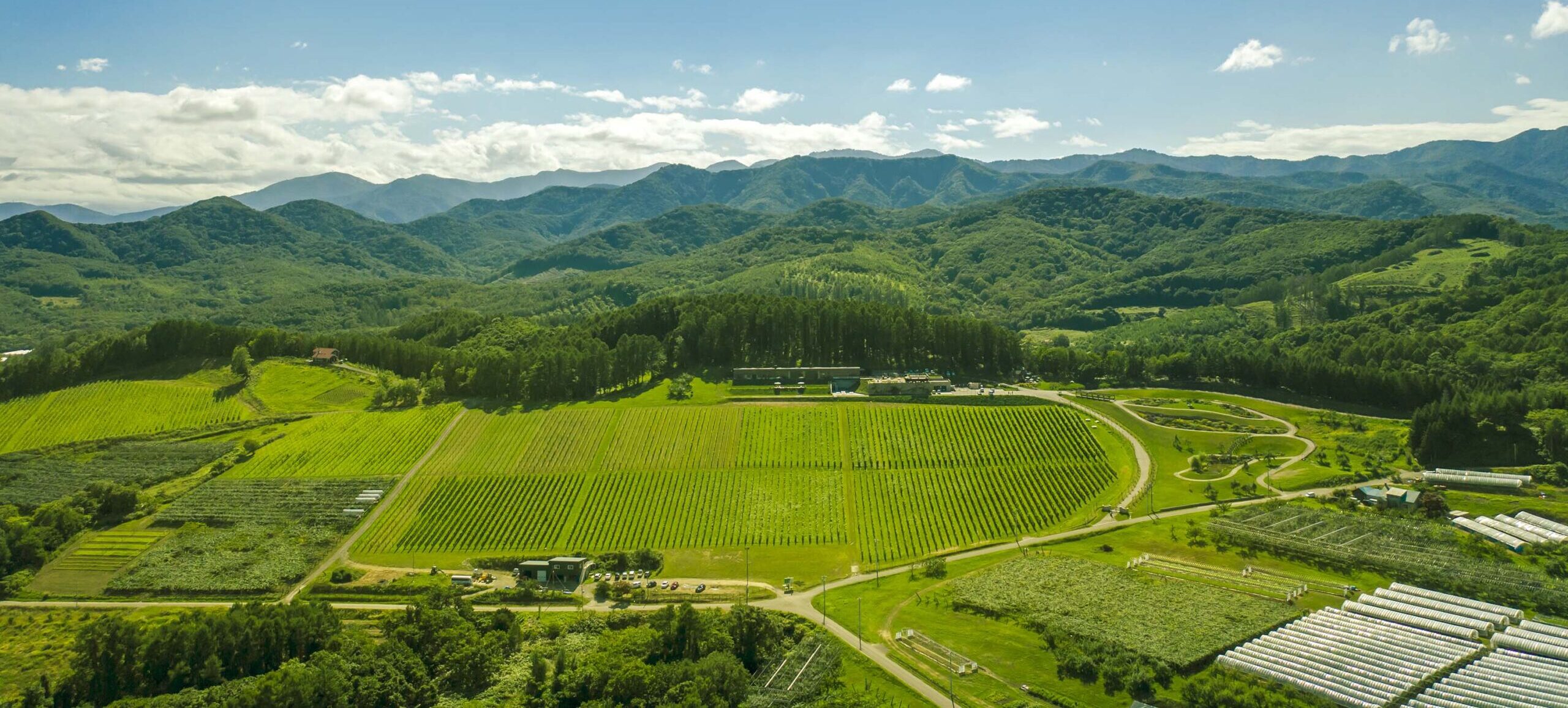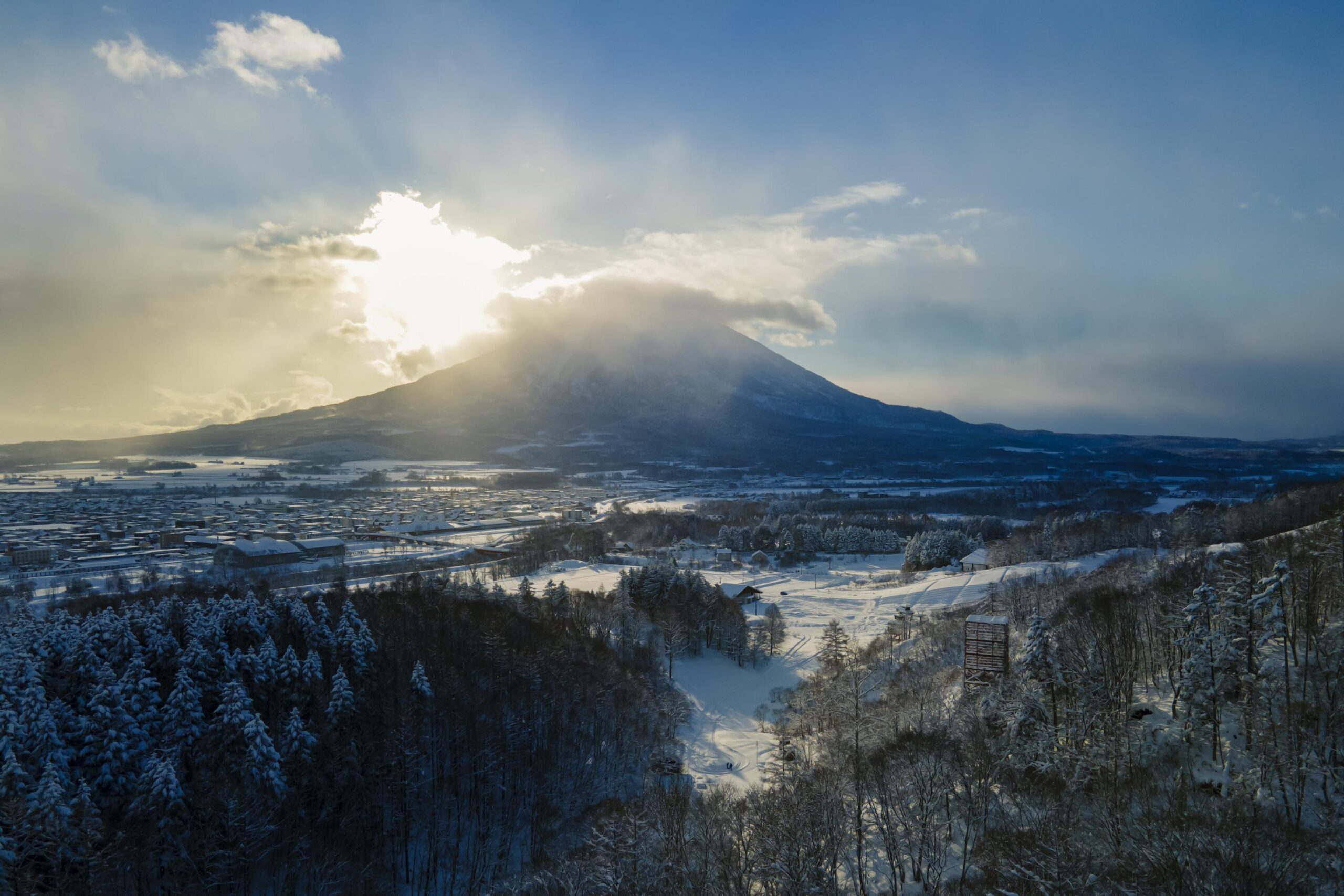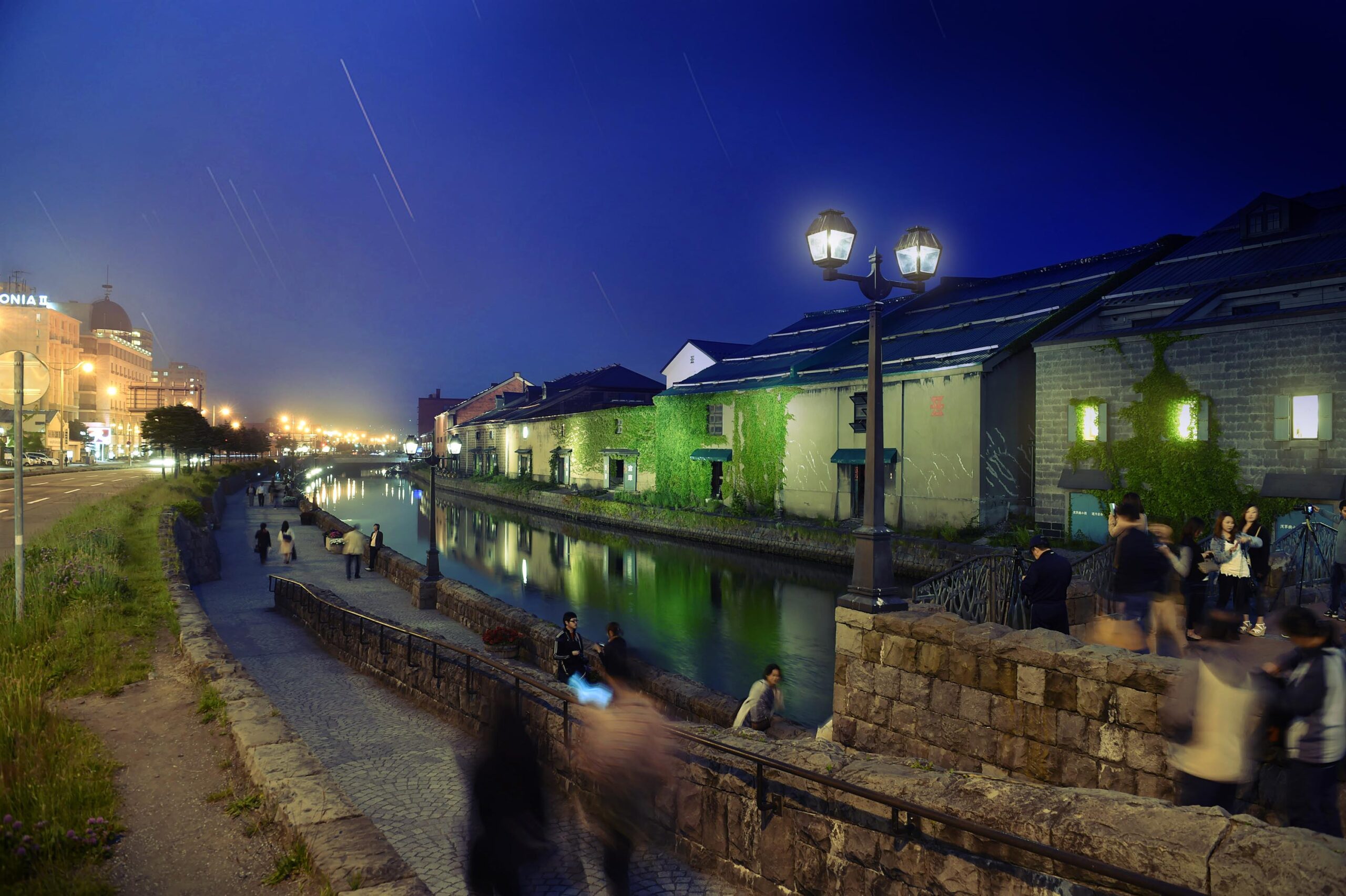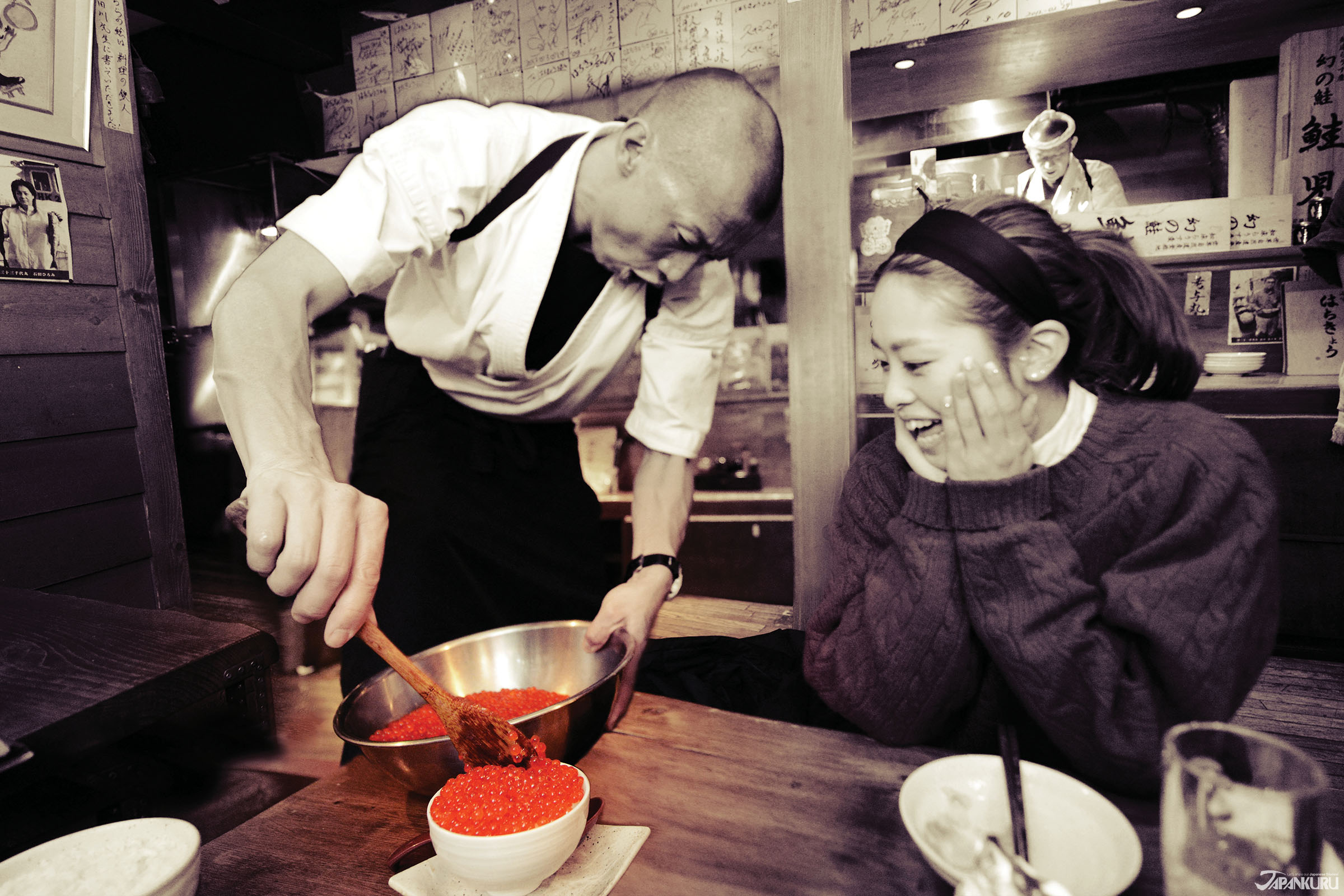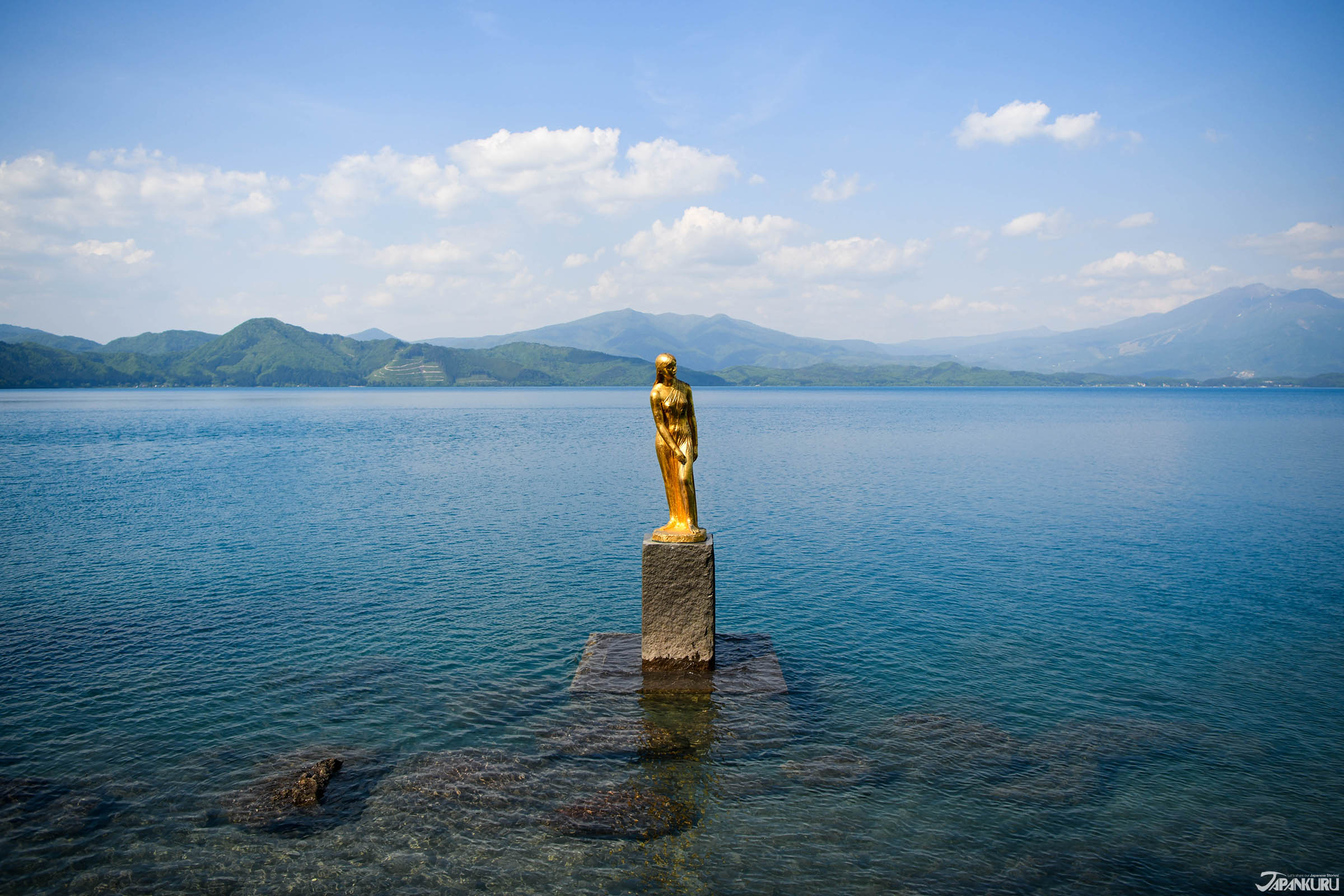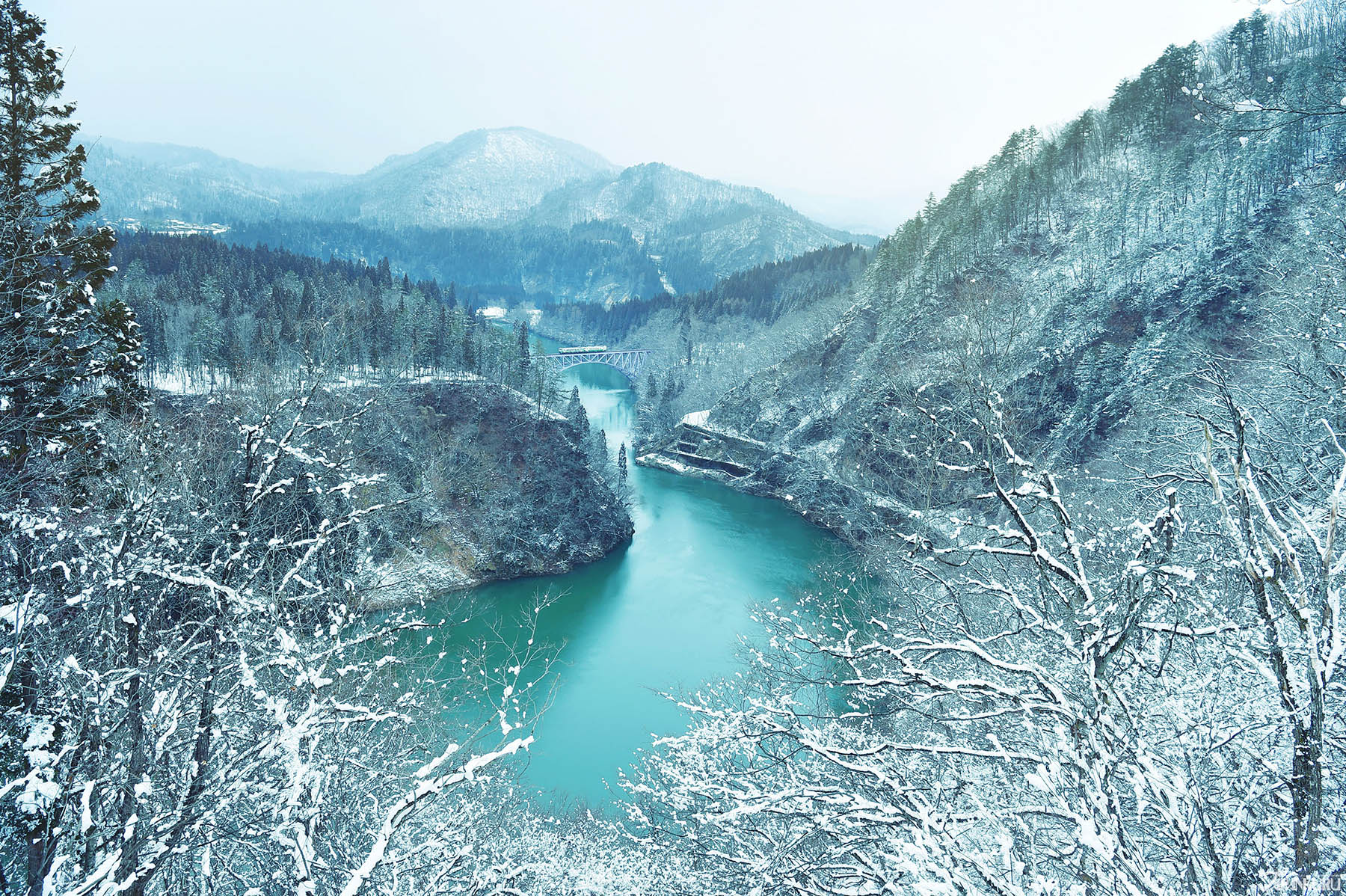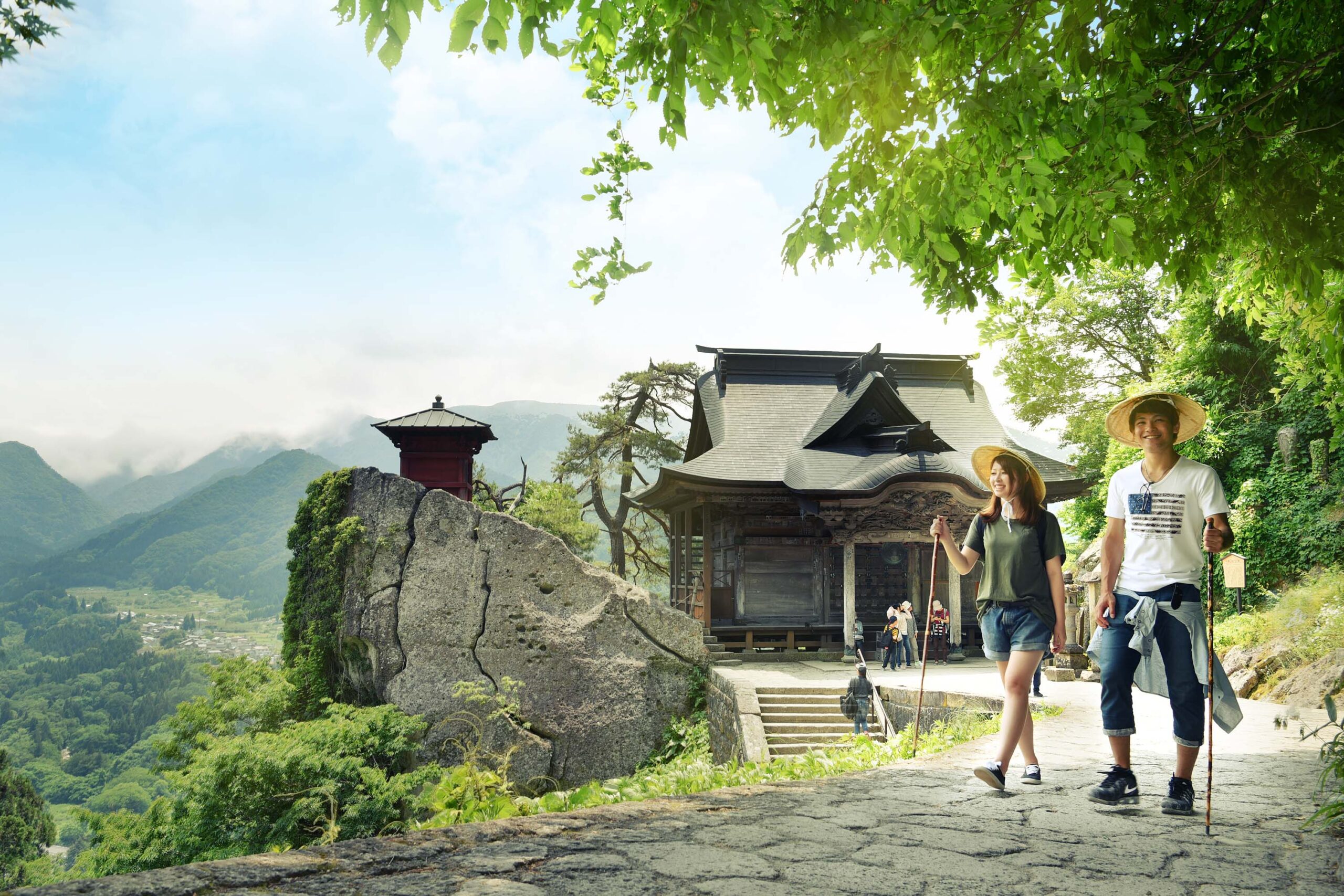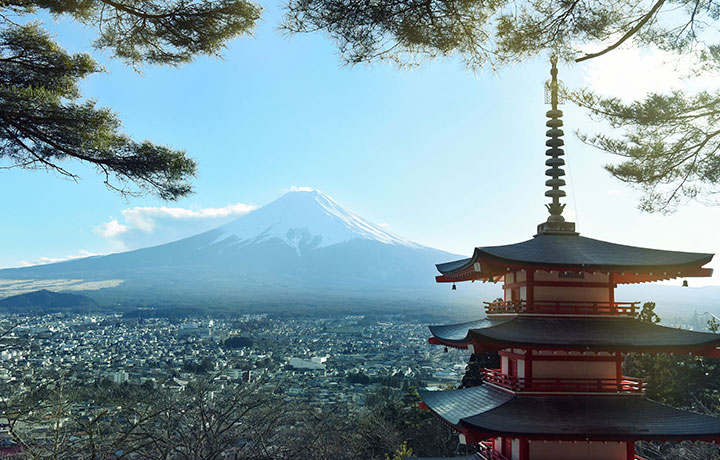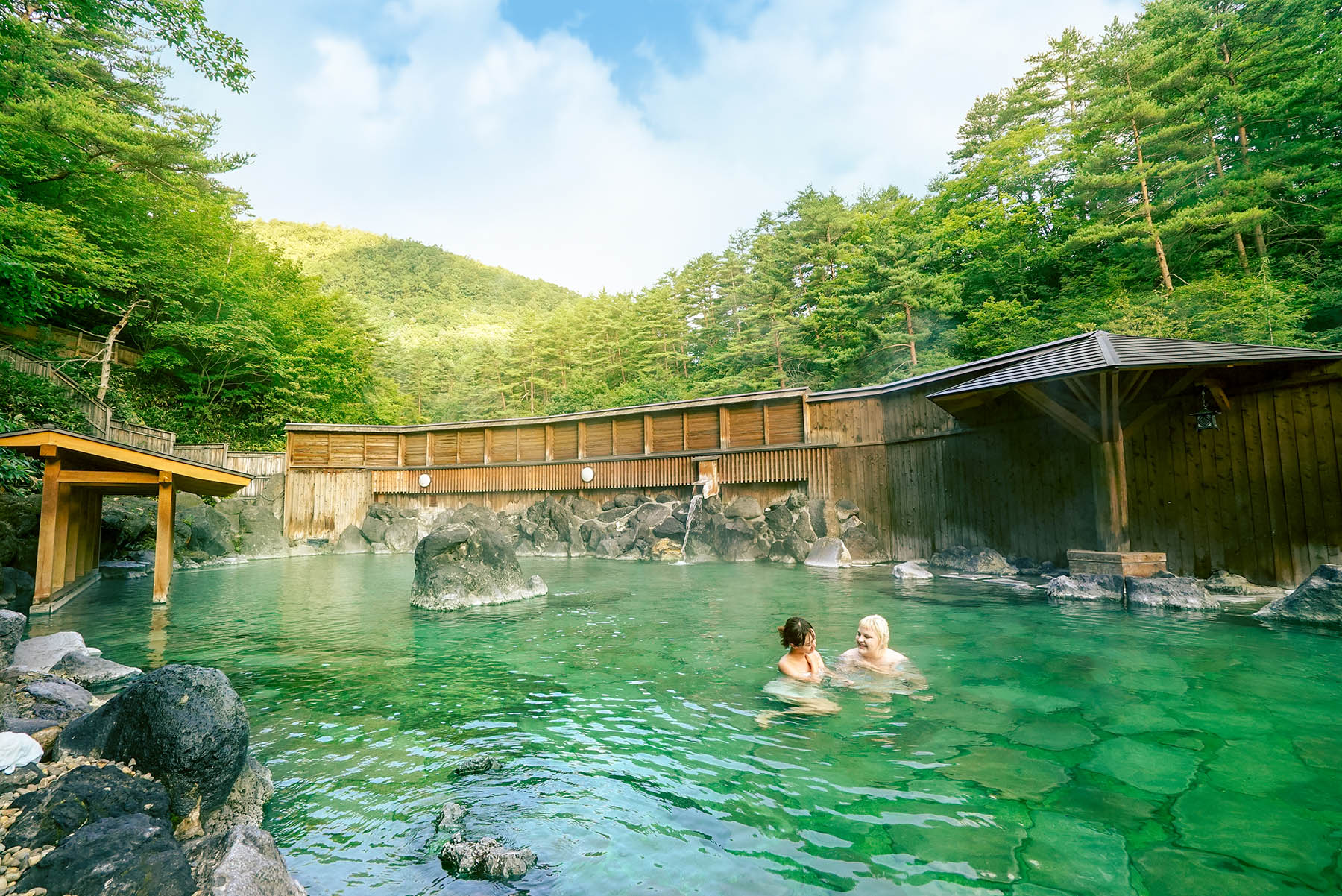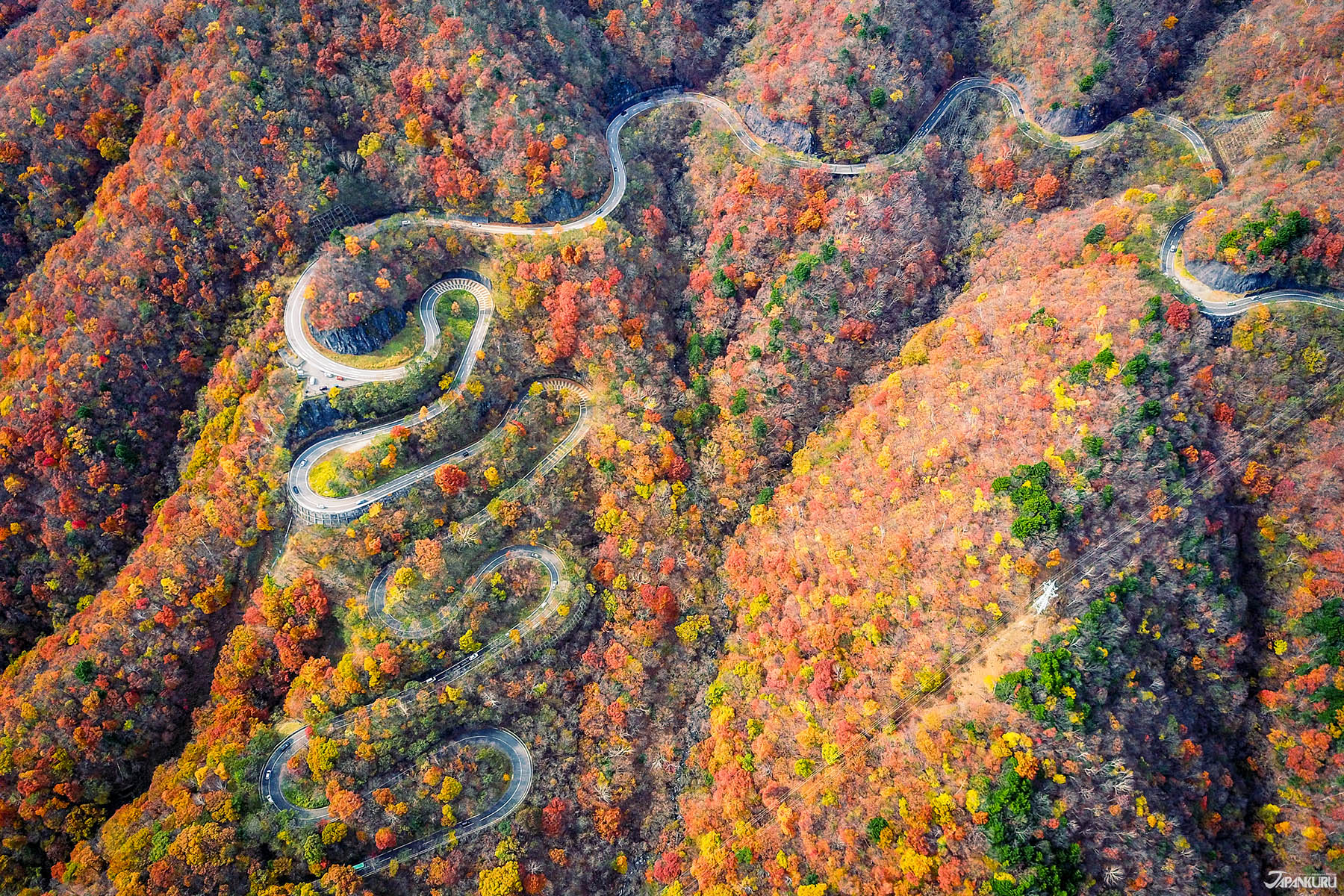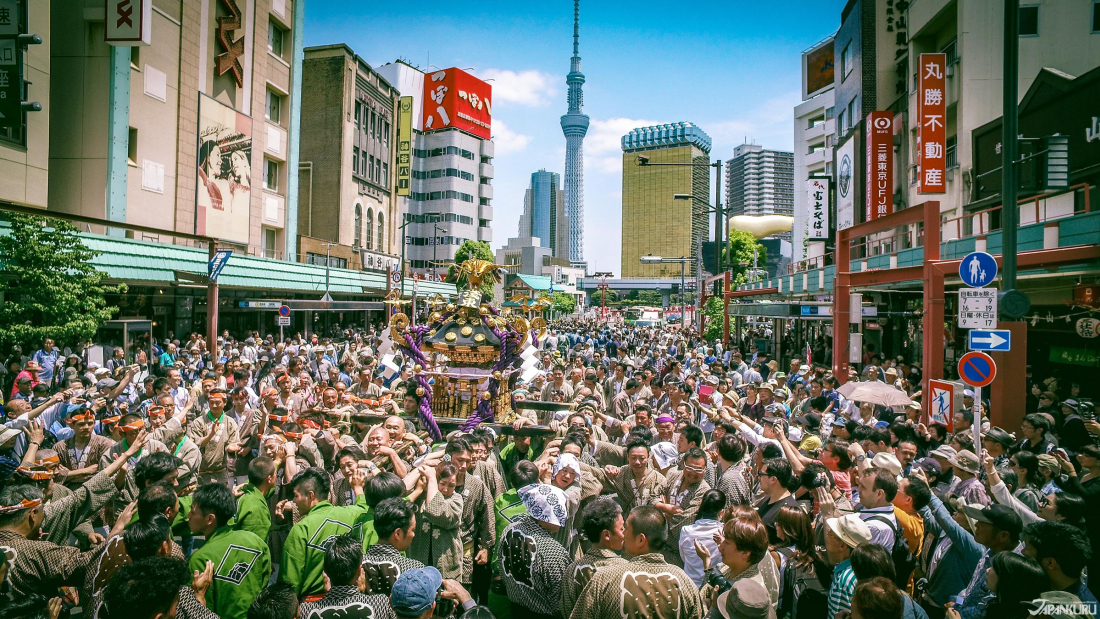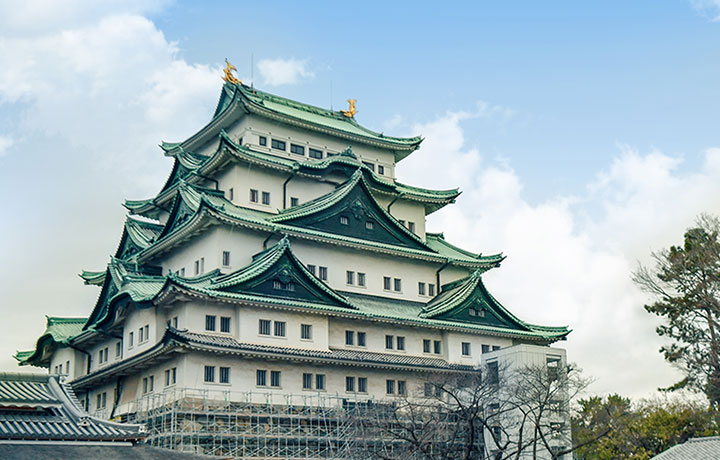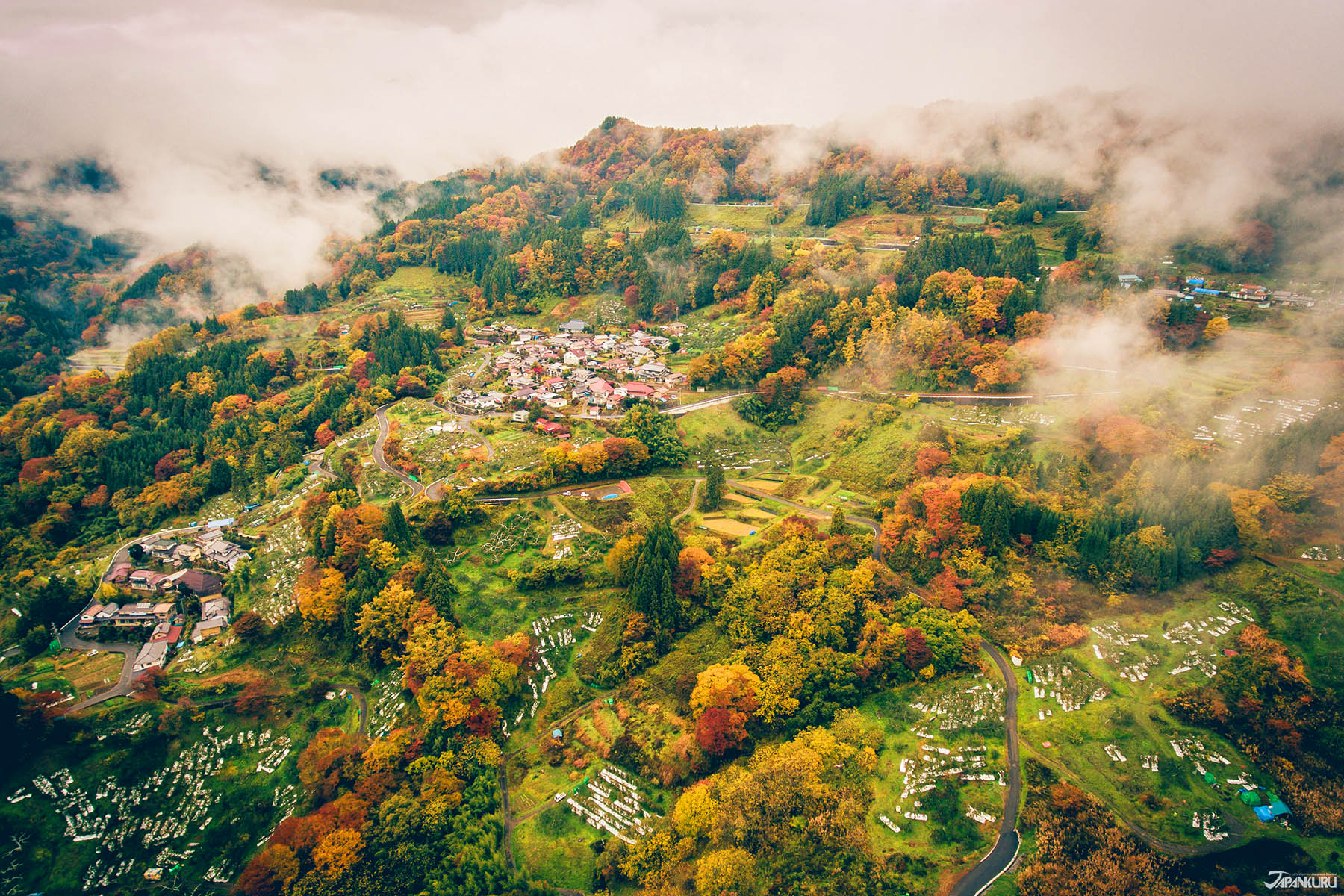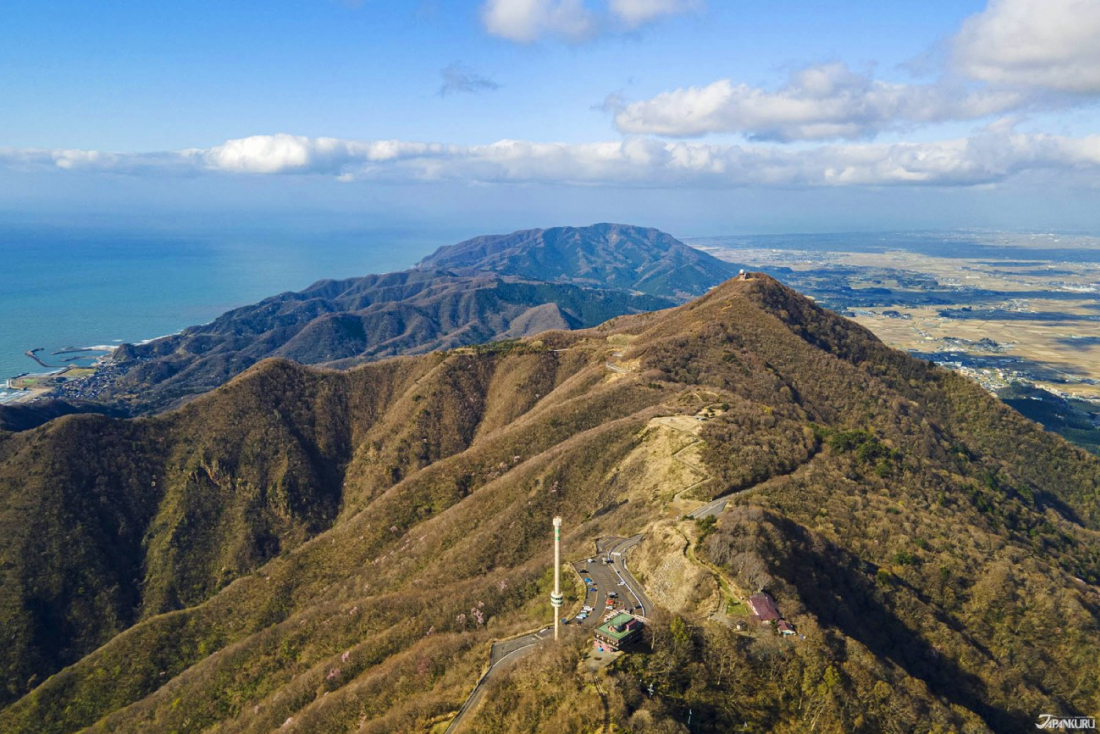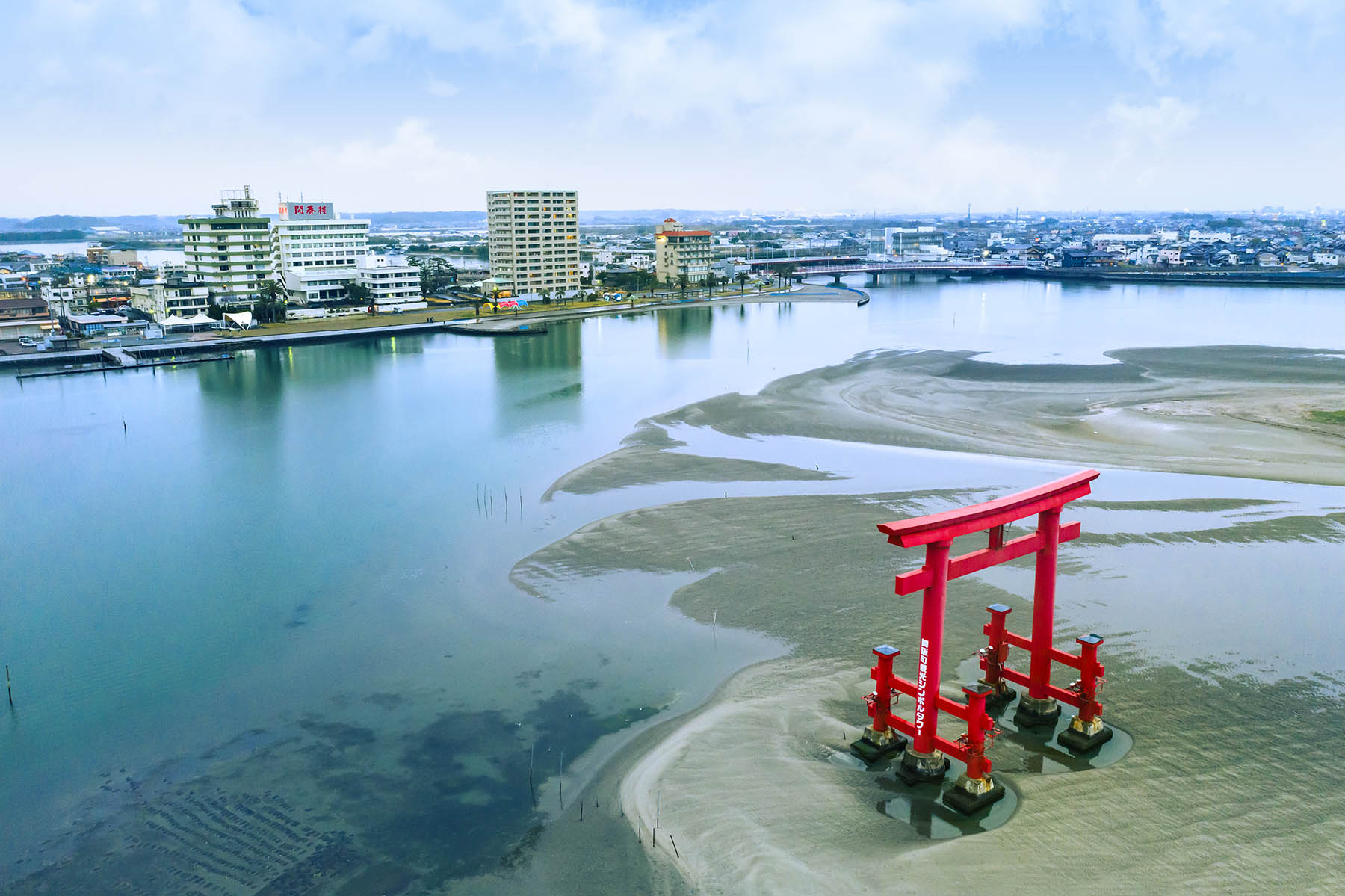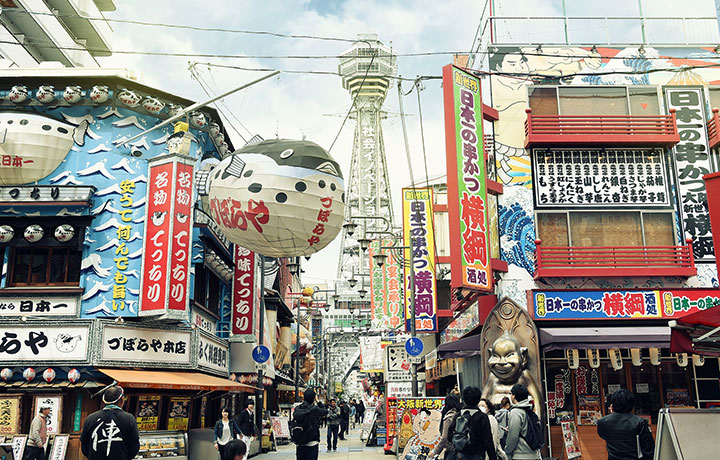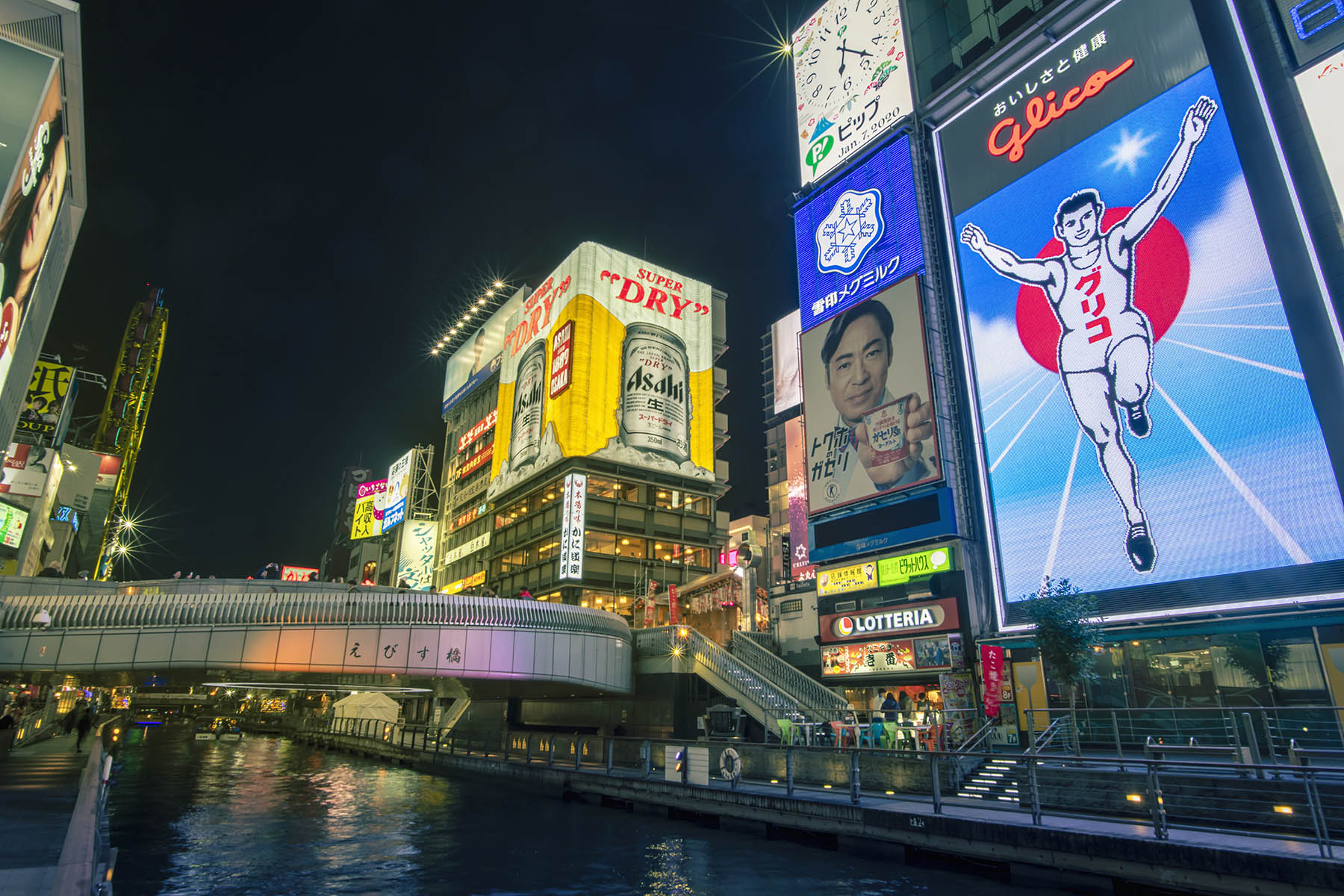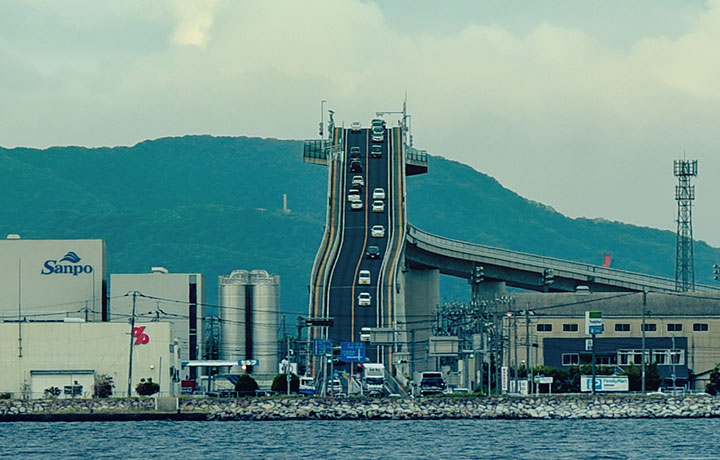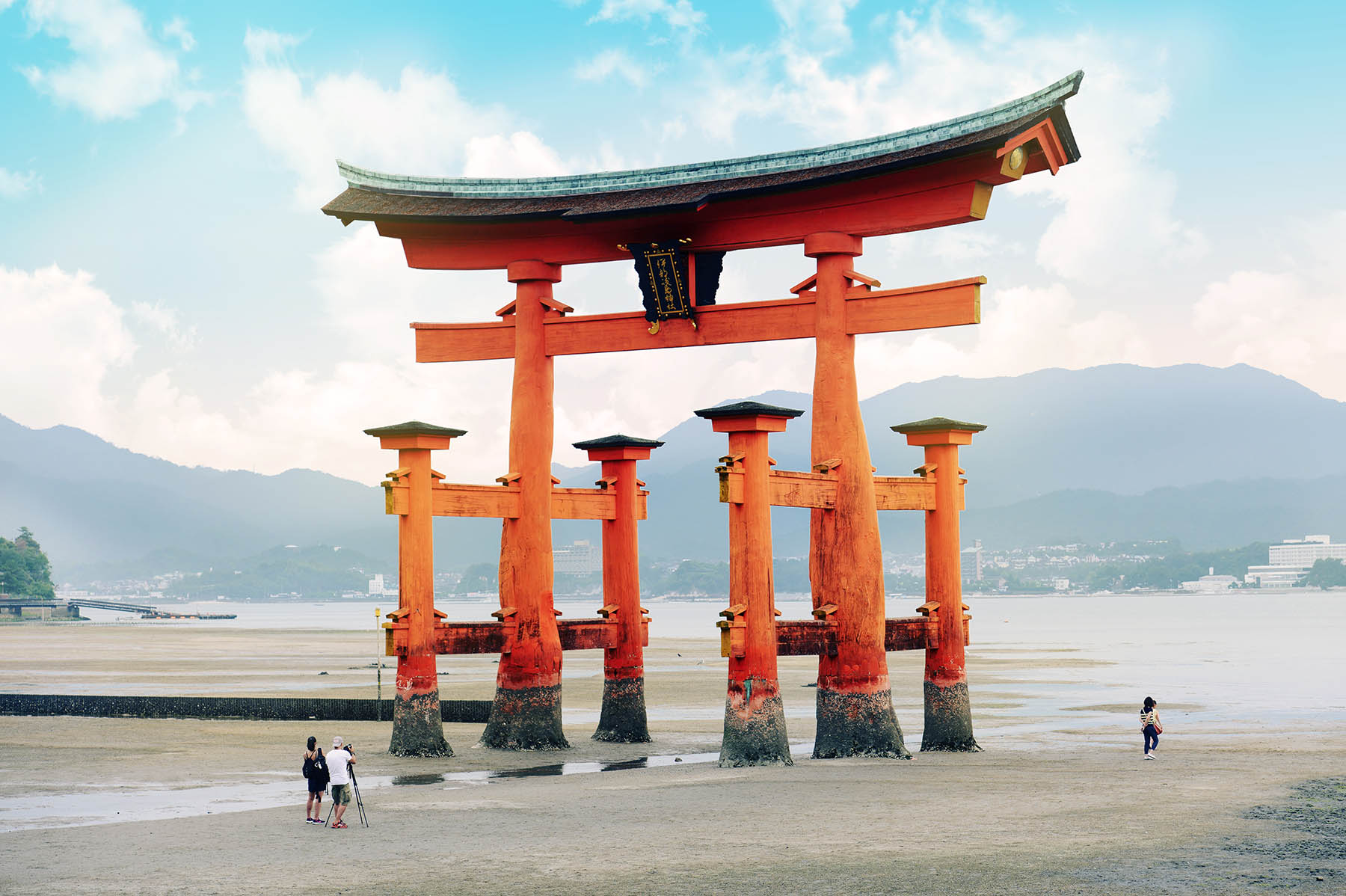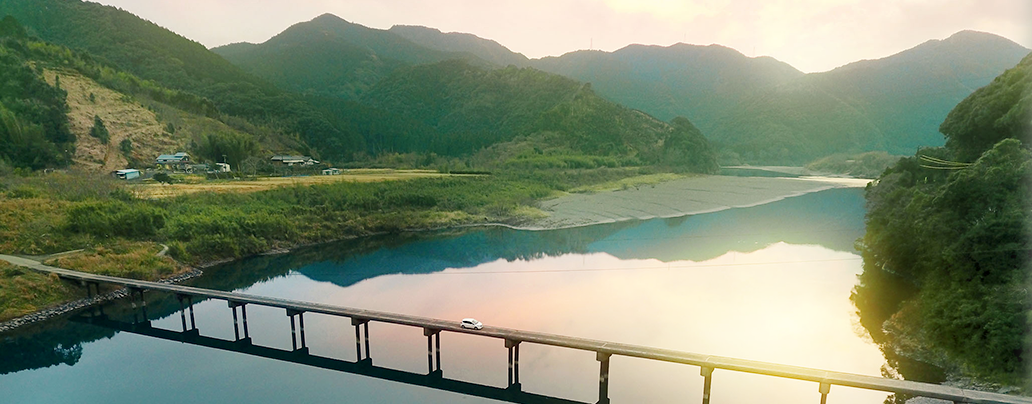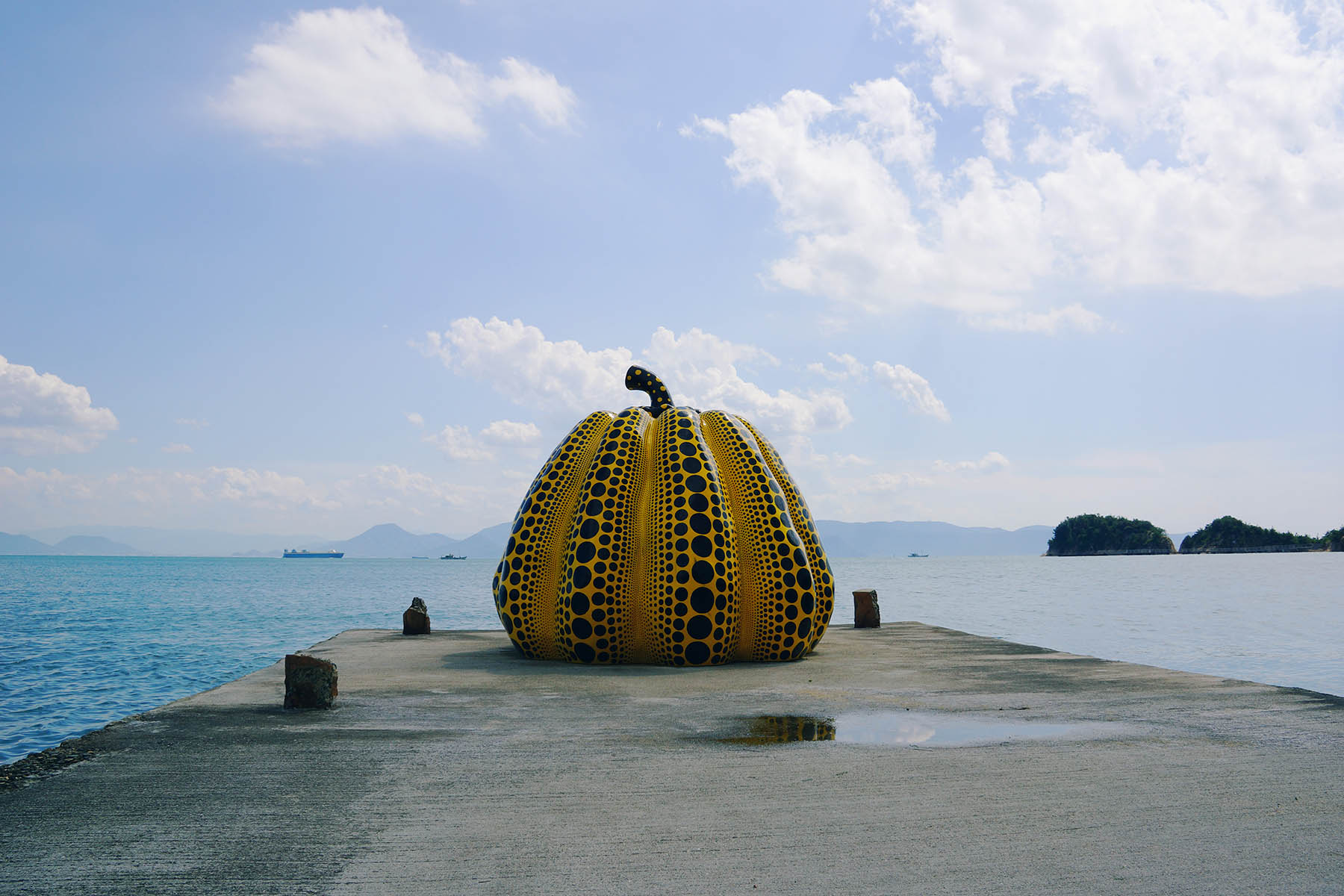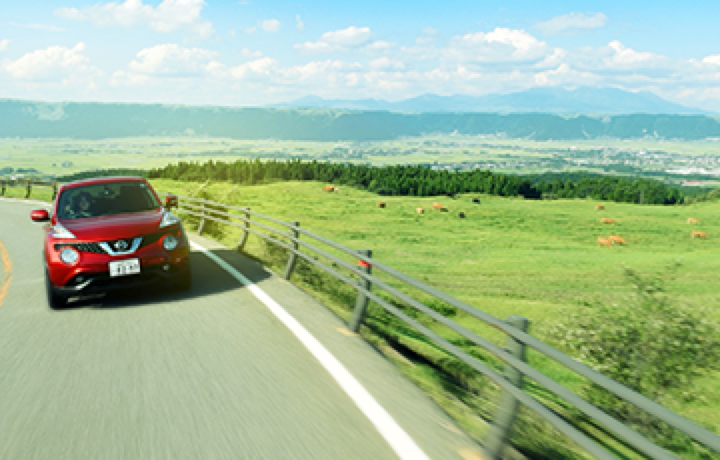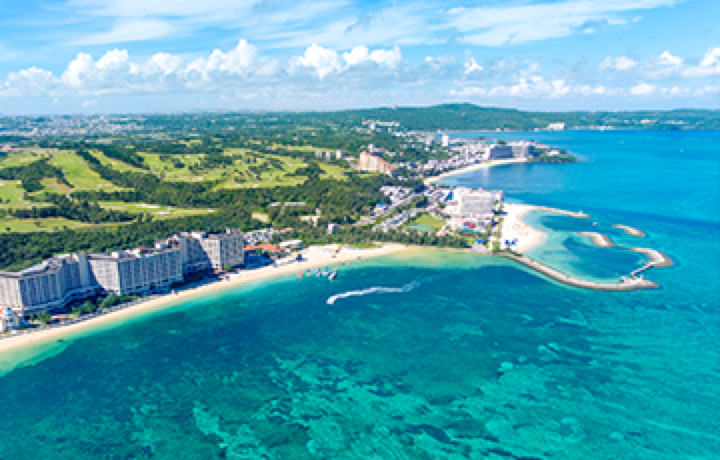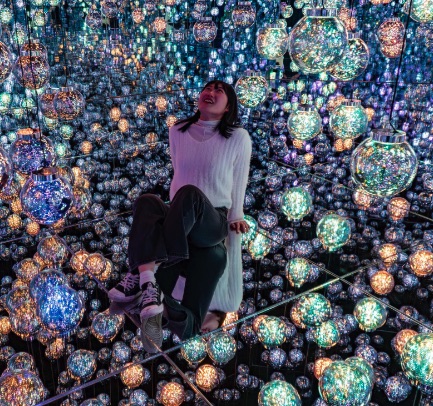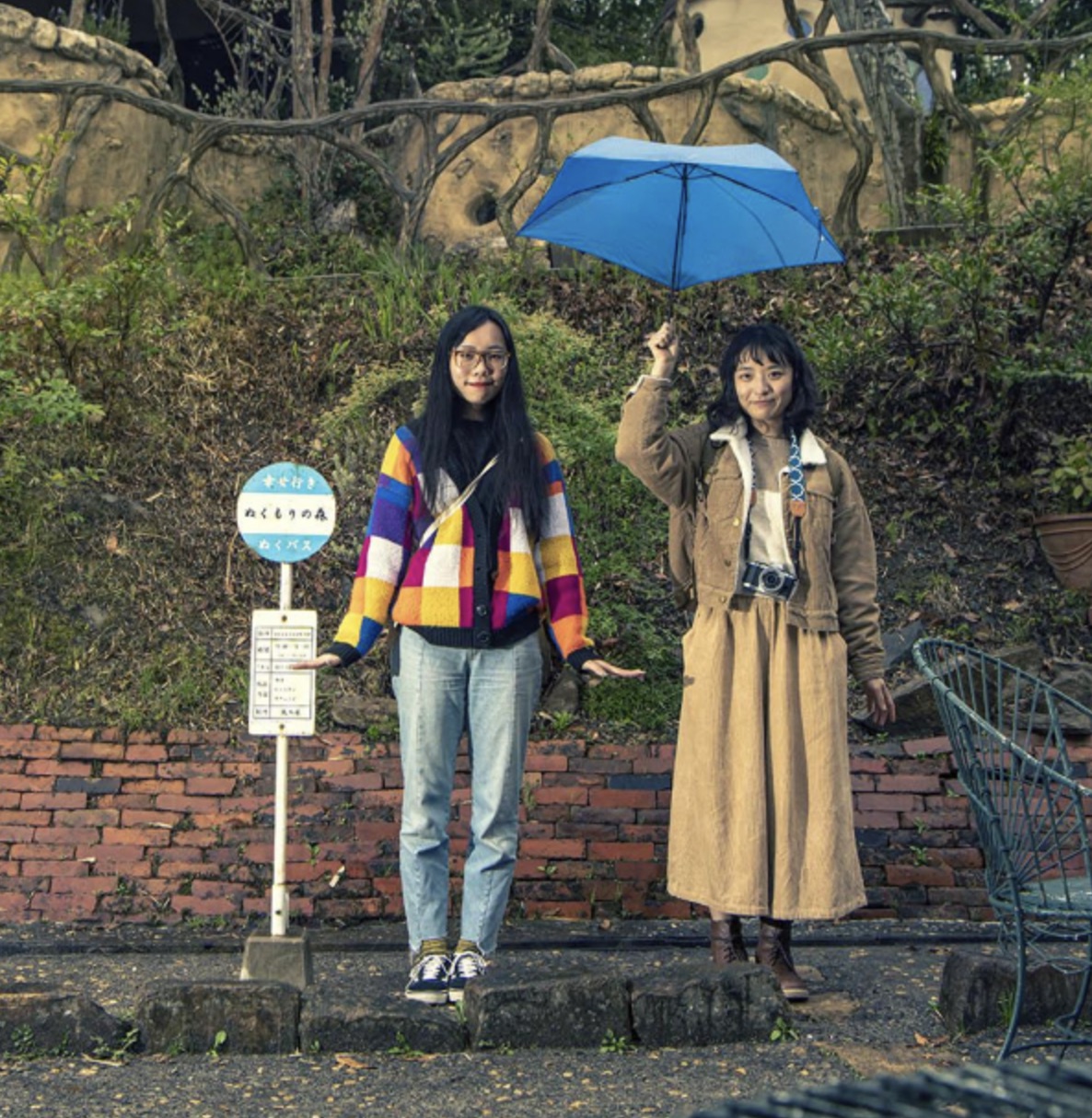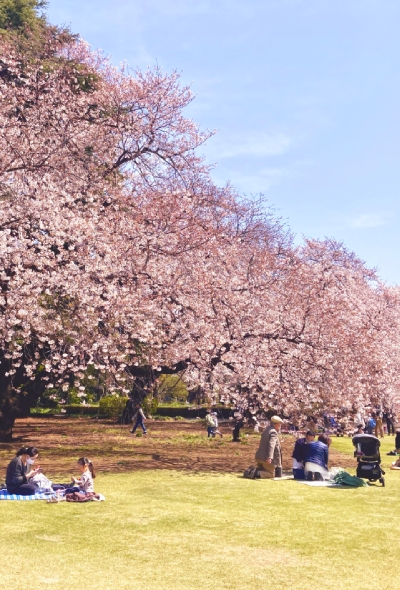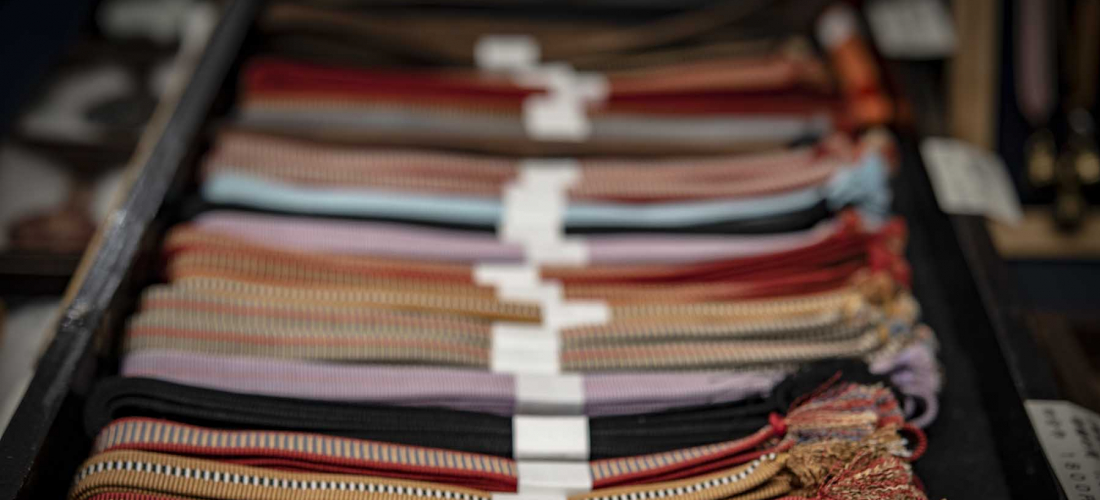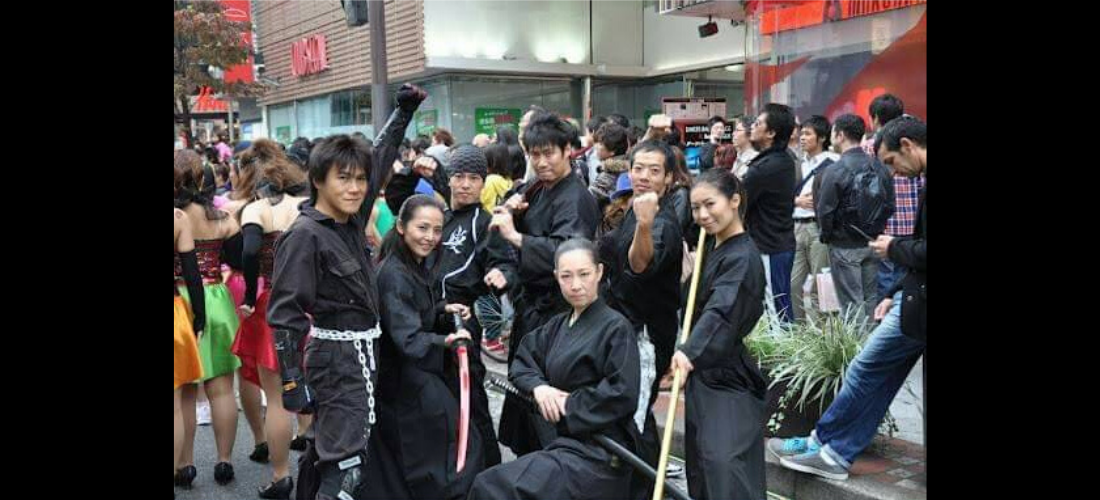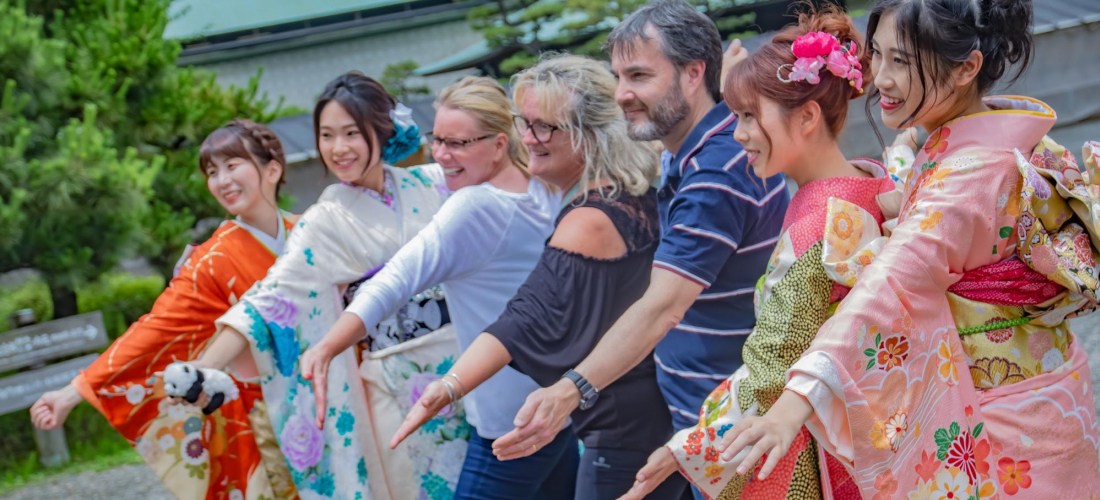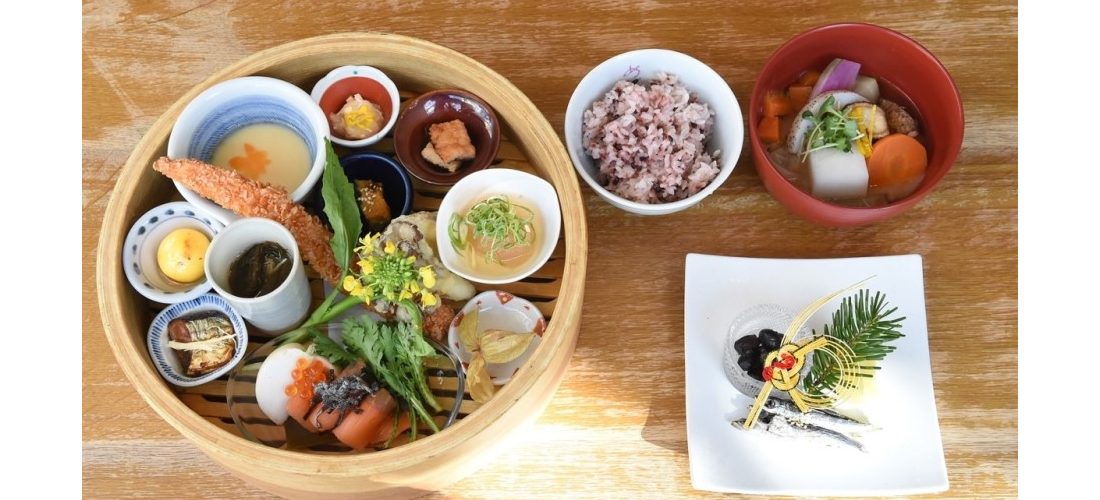CONTENTS
This Japanese festival is held every March to celebrate girls and admire some of Japan’s most beautiful dolls!
 Japan’s Doll Festival
Japan’s Doll Festival 
 ひな祭り
ひな祭り 

Every year on March 3, families with daughters all over Japan celebrate a special day in Japanese culture, Hina Matsuri. The festival has many names, sometimes simply called the Hina Festival, and sometimes dubbed “Girl’s Day” or “Doll Festival.” On this special day, stunning Japanese hina dolls are set up in breathtaking displays to celebrate girls and to pray for their health and happiness.
 The History Behind Japanese Hina Dolls
The History Behind Japanese Hina Dolls 
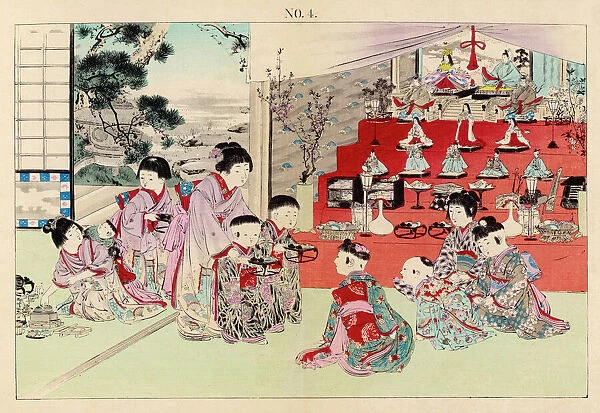
While the history and cultural traditions of Hina Matsuri began in the Heian period (794-1185), the displays of hina dolls that now make up the heart of festival celebrations were first erected in the early 1600, at the beginning of the Edo period (1603-1868). Although the stereotypes and horror tropes of the modern day have led many to find the dolls a bit eerie, these small figurines are traditionally believed to act as good luck charms, helping to ward off evil spirits. Initially, they were used to harness sins and misfortunes, which could be transferred to a doll before it was thrown into the sea, bad deeds disappearing under the waves. Some areas in Japan still continue this tradition, but many people now keep the dolls as treasured heirlooms, often purchased by elder relatives or handed down through generations.
You can see people preparing for Hina Matsuri as early as February, to give everyone plenty of time to enjoy the decadently decorated dolls, but the beautiful displays come down right after Hina Matsuri on March 3rd for superstitious reasons. If you put away the dolls too late, it’s said, all that work wishing for a girl’s health and happiness could go to waste – and (gasp) they might never find a husband!
 The Hina Doll Tiered Platform
The Hina Doll Tiered Platform 

The tiered platform for the hina dolls is called a “hina dan” (ひな壇). They are normally built with five to seven tiers and covered with red felt, but the exact decorations found gracing each level can vary widely. Some homes prefer cute, simple displays, but others include small Japanese folding screens, realistic futon mattresses, lanterns, tea sets, and so much more. These displays can be heaven for anyone who loves dolls and miniatures.
What doesn’t usually change very much is the specific order that structures the hinadan, which is supposed to be a representation of a Heian period wedding. While there are slight differences depending on the region, the basic order has the bride and groom on the top tier – the “Odairi-sama” (御内裏様) holding a baton and the “Ohina-sama” (御雛様) holding her fan. These two lofty dolls are thought to represent members of the imperial family. Below them are the “san-nin kanjo” (三人官女, three court ladies), and on the third tier, the “gonin bayashi” (五人囃子, five musicians). Below these important roles come a whole host of ministers, bodyguards, servants, and sometimes many more unique characters. The total number of dolls can vary widely depending on the display, but the setting of a Heian wedding offers plenty to work with.


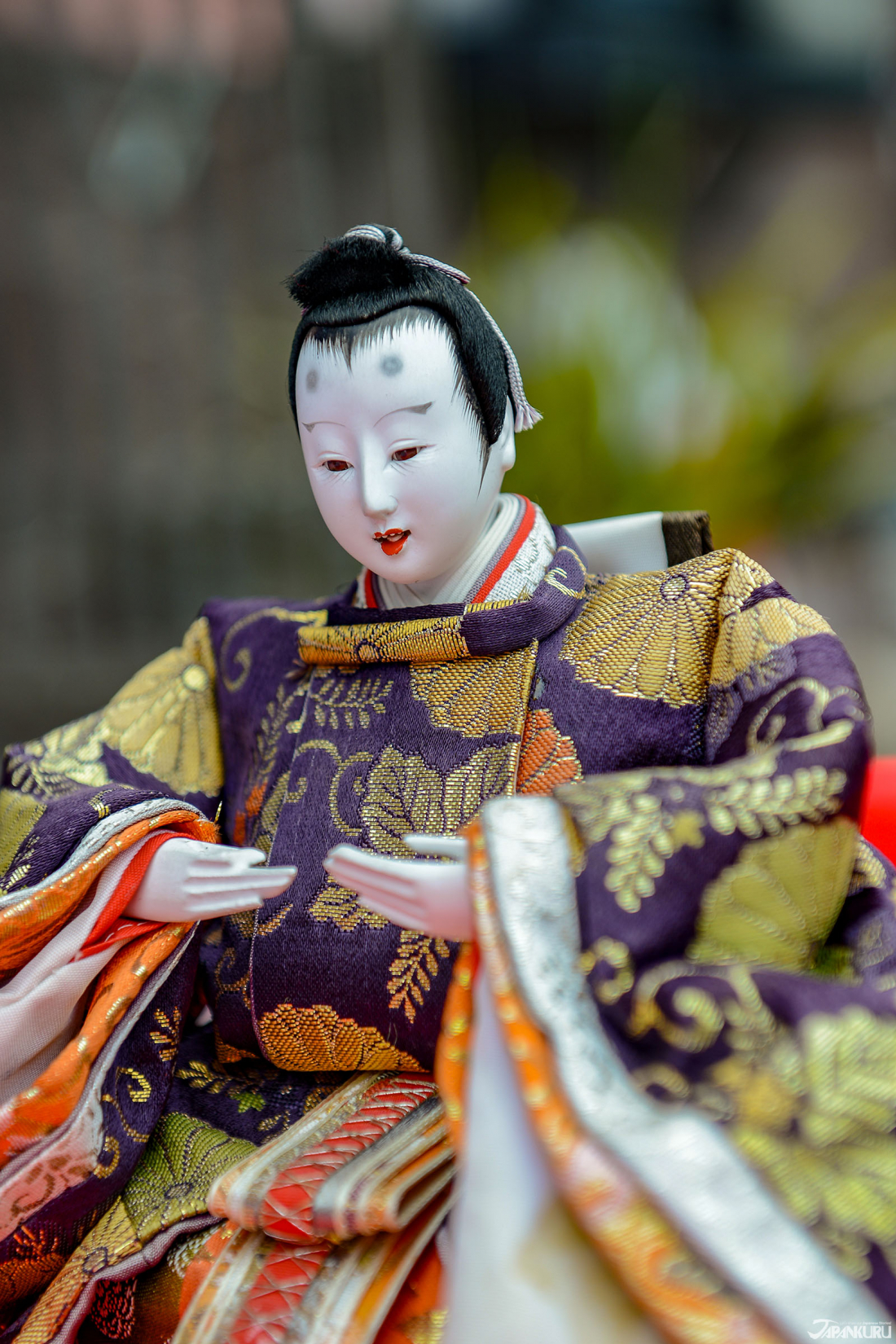
 The Foods of Hina Matsuri
The Foods of Hina Matsuri 
Chirashi Sushi (ちらし寿司)

Chirashi sushi (usually pronounced chirashi-zushi in Japan) is a dish of classic vinegared sushi rice topped with colorful seafood fish and vegetables, and while it’s available in restaurants year-round, it’s especially popular during Hina Matsuri – largely because it’s cute. The name “chirashi sushi” translates to “scattered fish,” and it’s an appropriate title for this busy dish packed with different colors and flavors. While many households have their own family chirashi sushi recipe, adding shrimp is a common tradition specifically for festival renditions of the dish, as shrimp are thought to symbolize long life. May we all live until our backs become bent like a shrimp.
Hina Arare (ひなあられ)
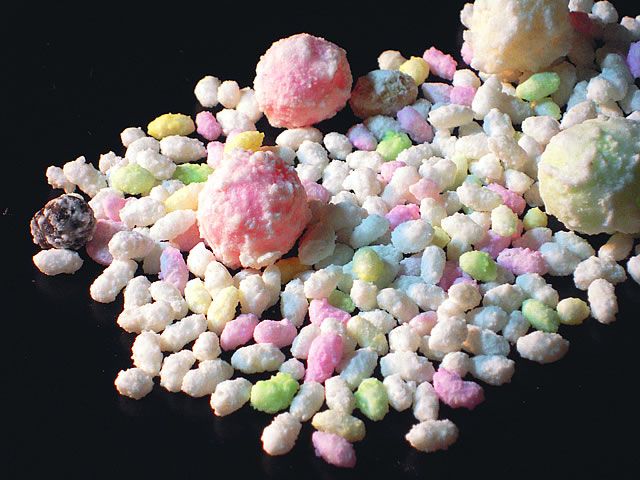
These puffed rice crackers are colored in the traditional Hina Matsuri hues of pink, green, yellow, and white. Each color represents something different: the white is like fresh snow, the green is like verdant tree buds, and the pink expresses life, as seen in the rosy cheeks of all the girls celebrating this holiday! These fun wagashi sweets come in either round balls or longer oval shapes, and both shapes are commonly served during festival celebrations.
Shirozake (白酒)
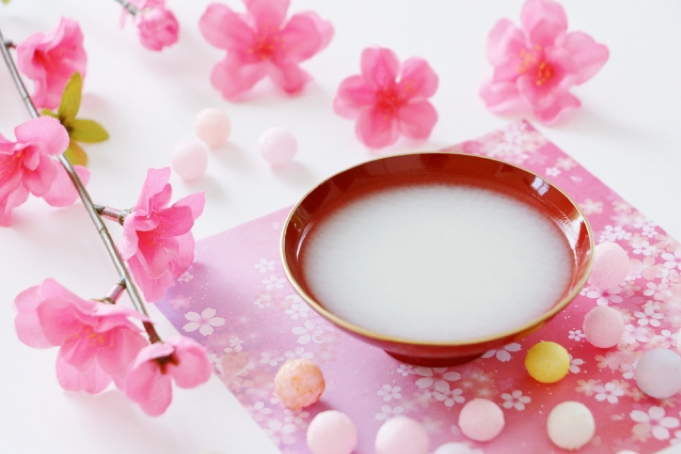
Shirozake (literally “white sake”) is a sweet, cloudy rice wine that is traditionally drunk during Hina Matsuri. It is similar to amazake (甘酒), which is a more common drink found around Japan, with a similar color and sweet flavor. Amazake, however, is usually non-alcoholic, whereas shirozake is somewhat alcoholic (usually about 8 or 9%). Shirozake is the traditional drink for the festival, but amazake is increasingly taking its place, since the significantly lower alcohol content allows children to enjoy it too!
 Japan’s Best Hina Matsuri Events
Japan’s Best Hina Matsuri Events 
Katsuura Big Hina Matsuri
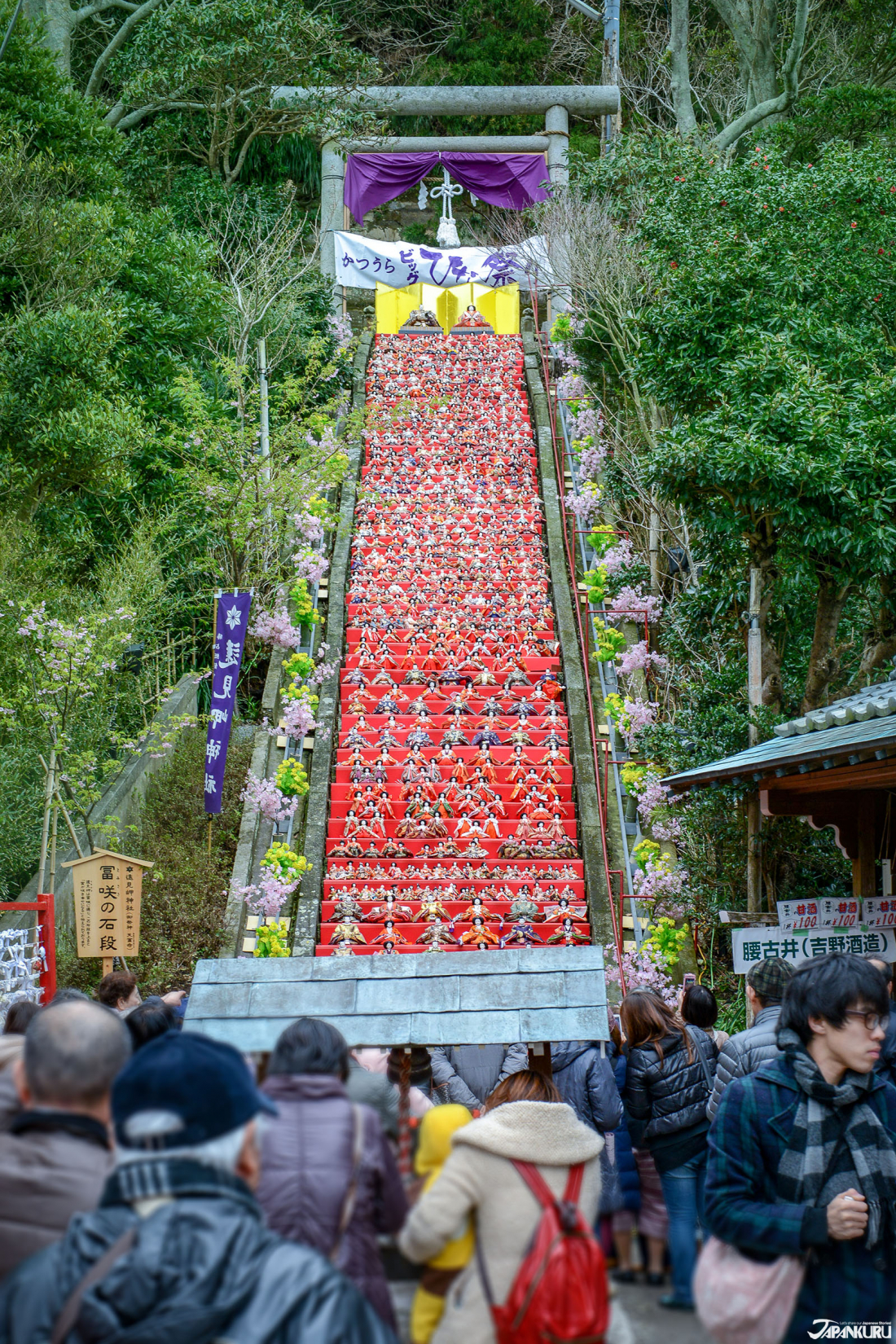
The Katsuura Big Hina Matsuri in Chiba is considered the most famous Girls’ Day event in Japan with its some 30,000 displayed hina dolls in the city! Within the Katsuura there is a massive display of Hina Matsuri Dolls unlike anything we’ve ever seen before at Tomisaki Shrine. Earlier we said a normal tiered doll stand is from 5-7, however here at Tomisaki Shrine, there are 60 tiers and around 1800 dolls! It is simply beautiful. It is held yearly in late February to early March, so if you are in Tokyo around that time this is one festival you will not want to miss out on.


Google Maps
Tomisaki Shrine is just a short walk from Katsuura Station (勝浦駅) on the Sotobo Line (外房線).
It’s about a 2 1/2 hour train ride from Tokyo Station, and there are two different ways of getting there.
❶Take the JR Sobu Line Rapid (総武線快速) from Tokyo Station to Chiba Station (千葉駅) and change to the Sotobu Line to Katsuura Station.
❷Take the JR Keiyo Line Rapid (JR総武線快速) from Tokyo Station to Soga Station (蘇我駅) and change to the Sotobu Line to Katsuura Station. 
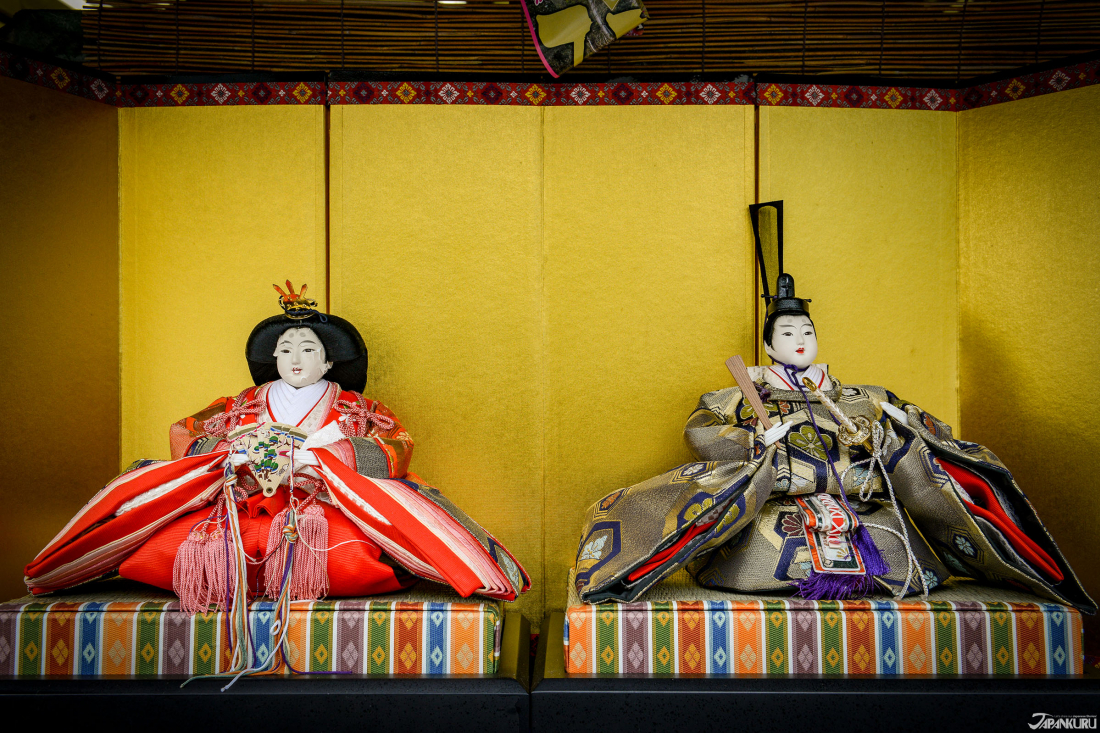
 Japan’s Hina Matsuri, Doll Festival, Girls’ Day
Japan’s Hina Matsuri, Doll Festival, Girls’ Day 
Japan’s hina dolls are something that truly shows off the beauty of Japanese craftsmanship. The dolls are normally quite expensive, but we can see why one would want to keep such beautiful things in their houses. It’s a shame that they are only brought out for this specific occasion. One of these days we hope to get some of our own.
For more info and updates from Japan, check Japankuru for new articles, and don’t forget to follow us on X (Twitter), Instagram, and Facebook!
COMMENT
FEATURED MEDIA
VIEW MOREMAP OF JAPAN
SEARCH BY REGION

LATEST
VIEW MOREEVENT CALENDAR
VIEW MOREMOST POPULAR
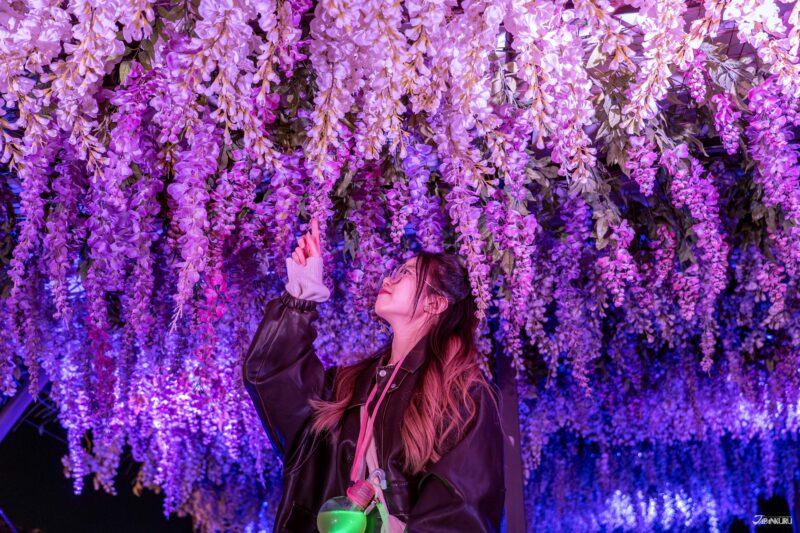 Tokyo Winter Recommendation: Don’t Miss Tokyo Mega Illumination, Japan’s #1 Light Show
Tokyo Winter Recommendation: Don’t Miss Tokyo Mega Illumination, Japan’s #1 Light Show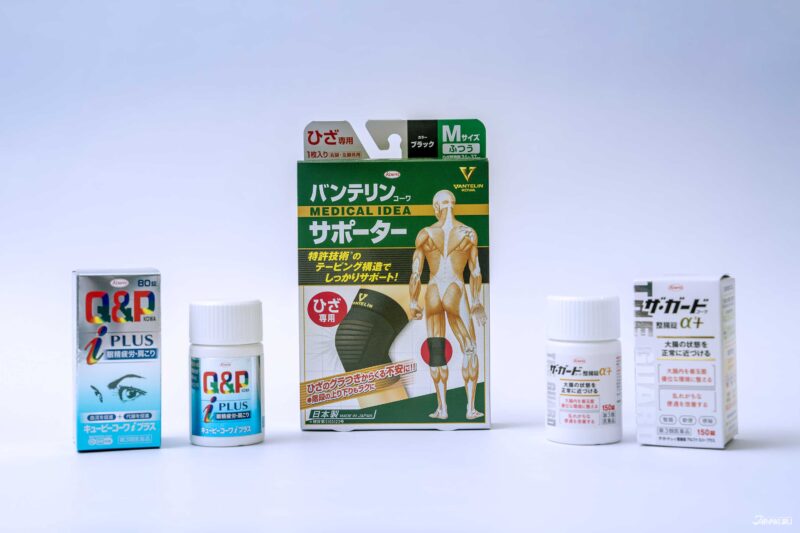 ป้ายยาสินค้าน่าซื้อในร้านขายยาญี่ปุ่น | KOWA ผลิตภัณฑ์เพื่อสุขภาพสำหรับคนยุคใหม่
ป้ายยาสินค้าน่าซื้อในร้านขายยาญี่ปุ่น | KOWA ผลิตภัณฑ์เพื่อสุขภาพสำหรับคนยุคใหม่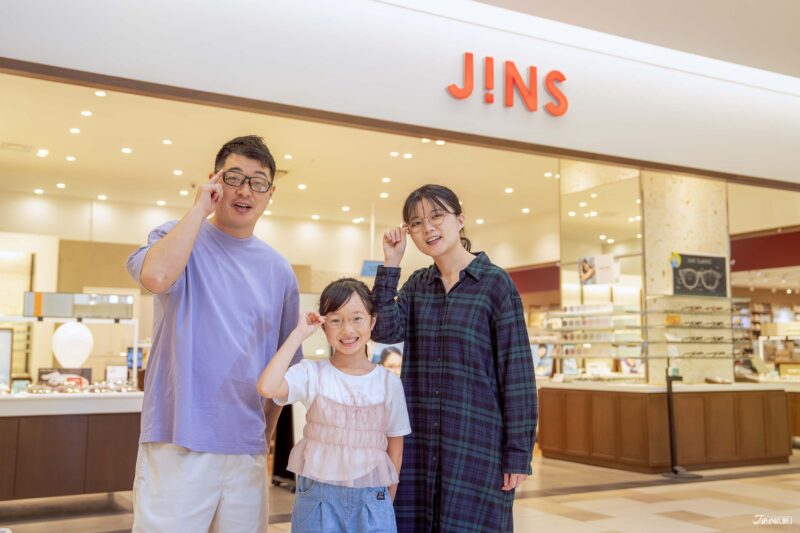 Okinawa Family Road Trip: Japanese Glasses Shopping at San-A Urasoe West Coast PARCO CITY, Discount Coupons, & Okinawa Sightseeing with JINS
Okinawa Family Road Trip: Japanese Glasses Shopping at San-A Urasoe West Coast PARCO CITY, Discount Coupons, & Okinawa Sightseeing with JINS

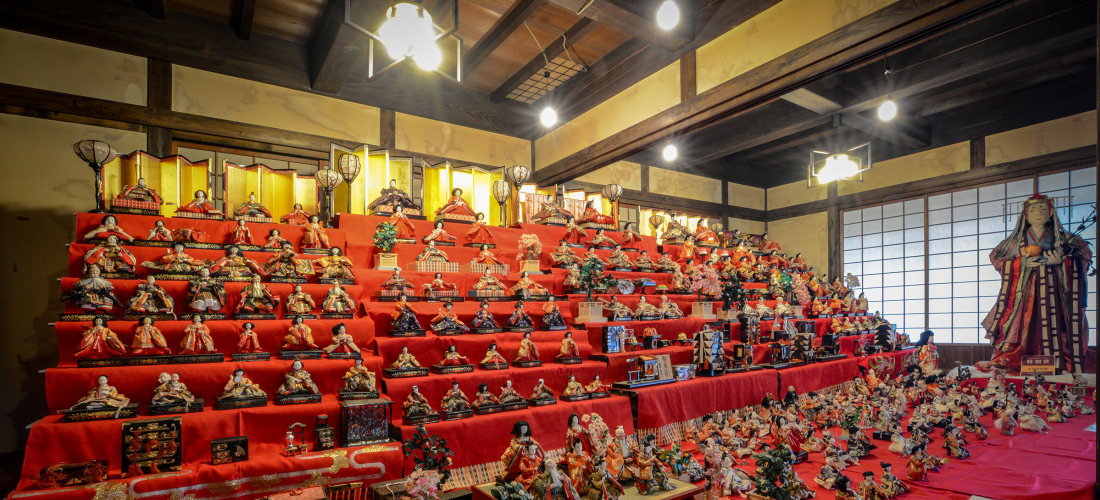
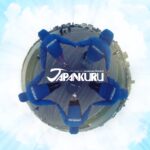









 The Robot Restaurant is gone, but the Samurai Restaurant is here to take its place. Check it out, and don't forget your coupon!
The Robot Restaurant is gone, but the Samurai Restaurant is here to take its place. Check it out, and don't forget your coupon!
 신주쿠의 명소 로봇 레스토랑이 사무라이 레스토랑으로 부활! 절찬 쿠폰 발급중
신주쿠의 명소 로봇 레스토랑이 사무라이 레스토랑으로 부활! 절찬 쿠폰 발급중
 18歲以上才能入場的歌舞秀,和你想的不一樣!拿好優惠券去看看~
#tokyo #shinjuku #samurairestaurant #robotrestaurant #tokyotrip #도쿄여행 #신주쿠 #사무라이레스토랑 #이색체험 #할인이벤트 #歌舞伎町 #東京景點 #武士餐廳 #日本表演 #日本文化體驗 #japankuru #japantrip #japantravel #japanlovers #japan_of_insta
18歲以上才能入場的歌舞秀,和你想的不一樣!拿好優惠券去看看~
#tokyo #shinjuku #samurairestaurant #robotrestaurant #tokyotrip #도쿄여행 #신주쿠 #사무라이레스토랑 #이색체험 #할인이벤트 #歌舞伎町 #東京景點 #武士餐廳 #日本表演 #日本文化體驗 #japankuru #japantrip #japantravel #japanlovers #japan_of_insta
 코지마 x 빅 카메라 쿠폰으로 일본 가전 제품 쇼핑하기
#pr #japankuru #japanshopping #kojima #biccamera #japaneseskincare #yaman #dji #osmopocket3 #skincaredevice #日本購物 #美容儀 #相機 #雅萌 #日本家電 #일본여행 #면세 #여행꿀팁 #일본쇼핑리스트 #쿠폰 #일본쇼핑 #일본브랜드 #할인 #코지마 #빅카메라 #japankurucoupon
코지마 x 빅 카메라 쿠폰으로 일본 가전 제품 쇼핑하기
#pr #japankuru #japanshopping #kojima #biccamera #japaneseskincare #yaman #dji #osmopocket3 #skincaredevice #日本購物 #美容儀 #相機 #雅萌 #日本家電 #일본여행 #면세 #여행꿀팁 #일본쇼핑리스트 #쿠폰 #일본쇼핑 #일본브랜드 #할인 #코지마 #빅카메라 #japankurucoupon